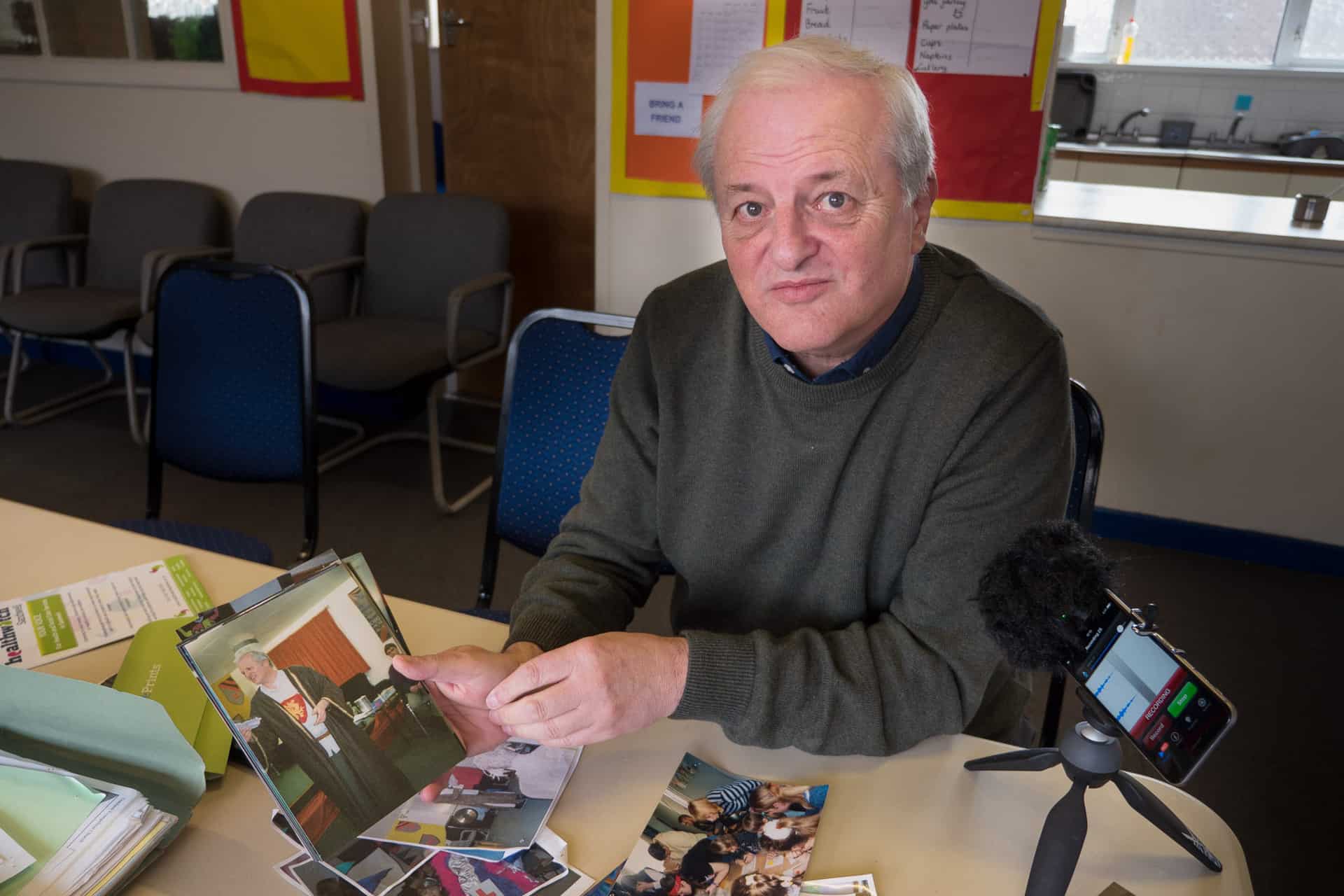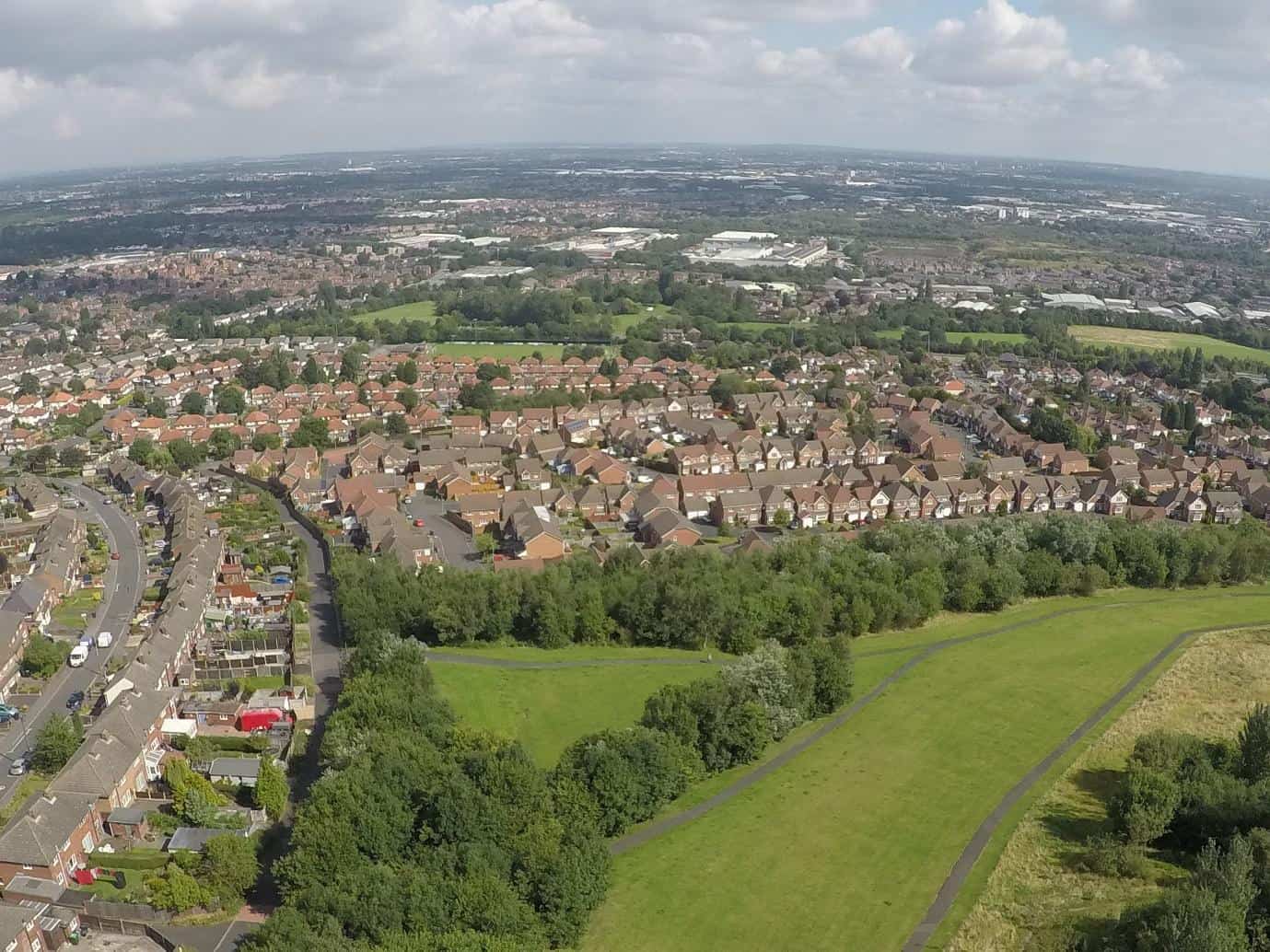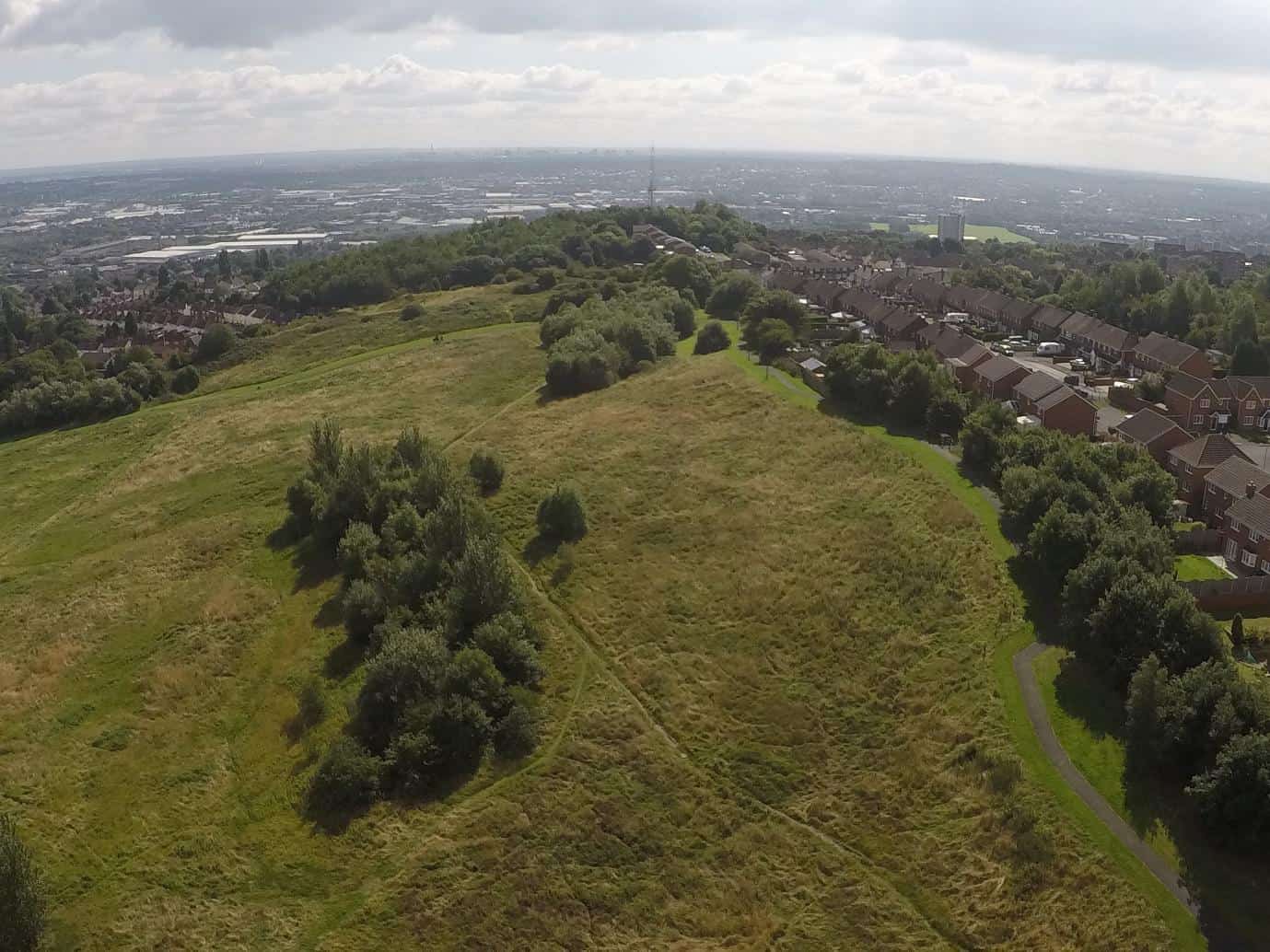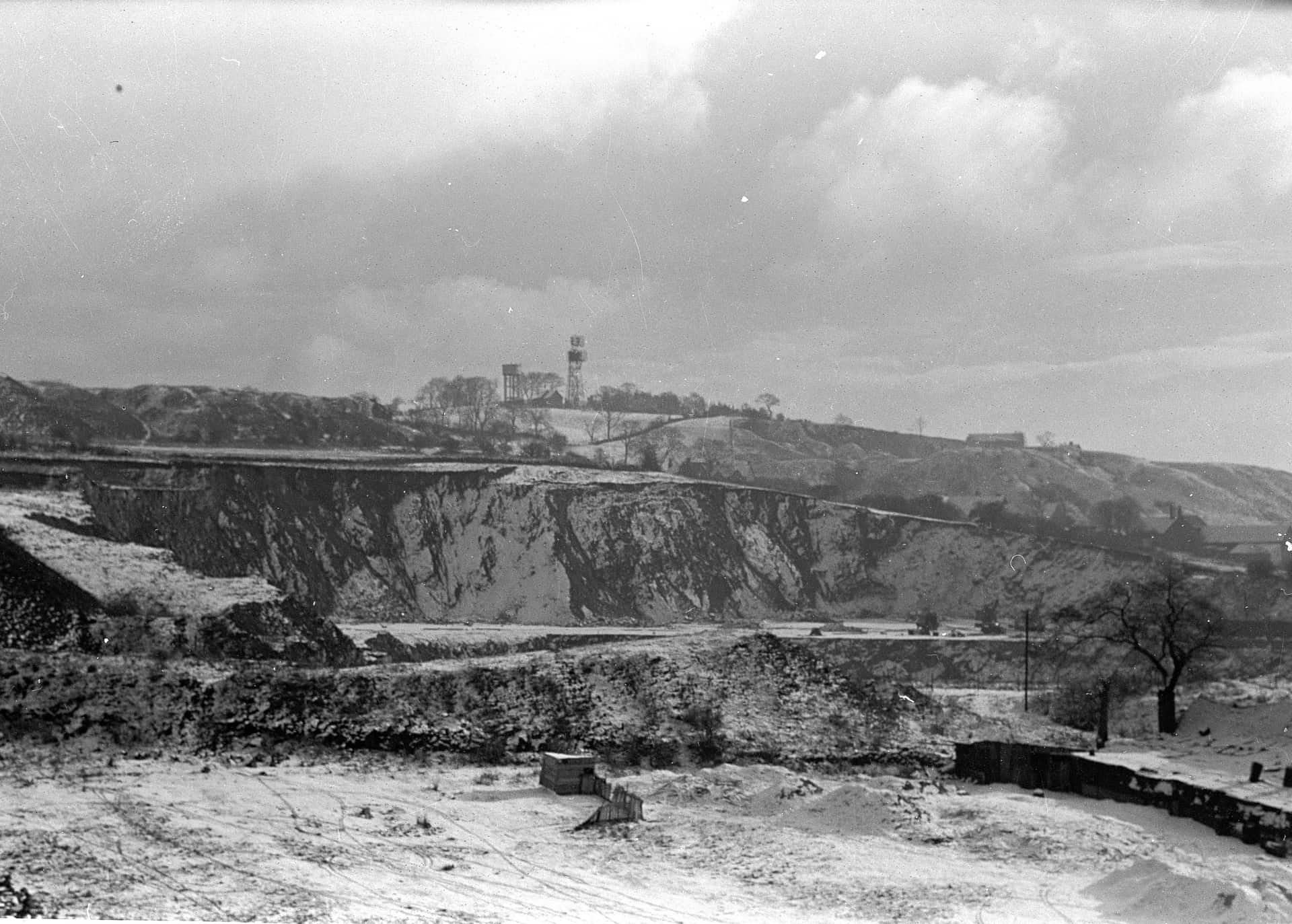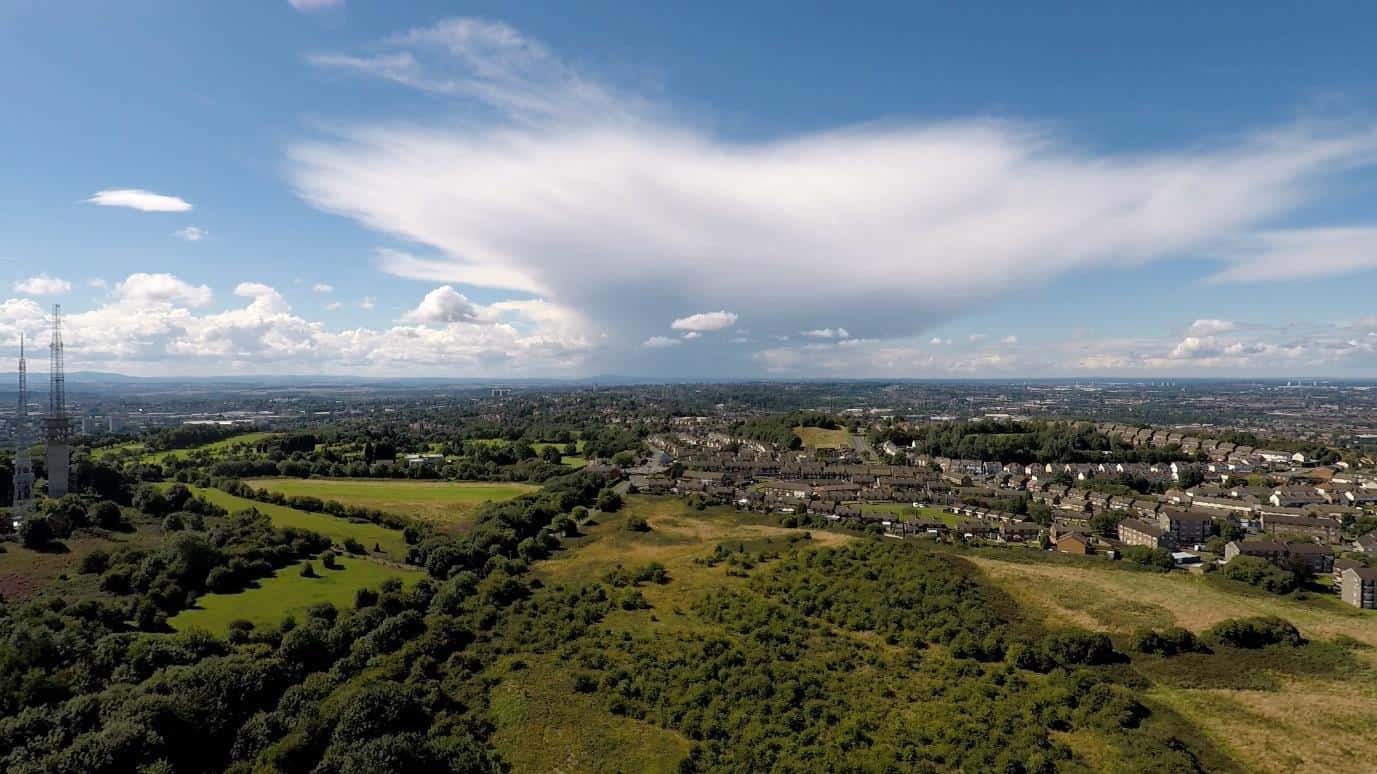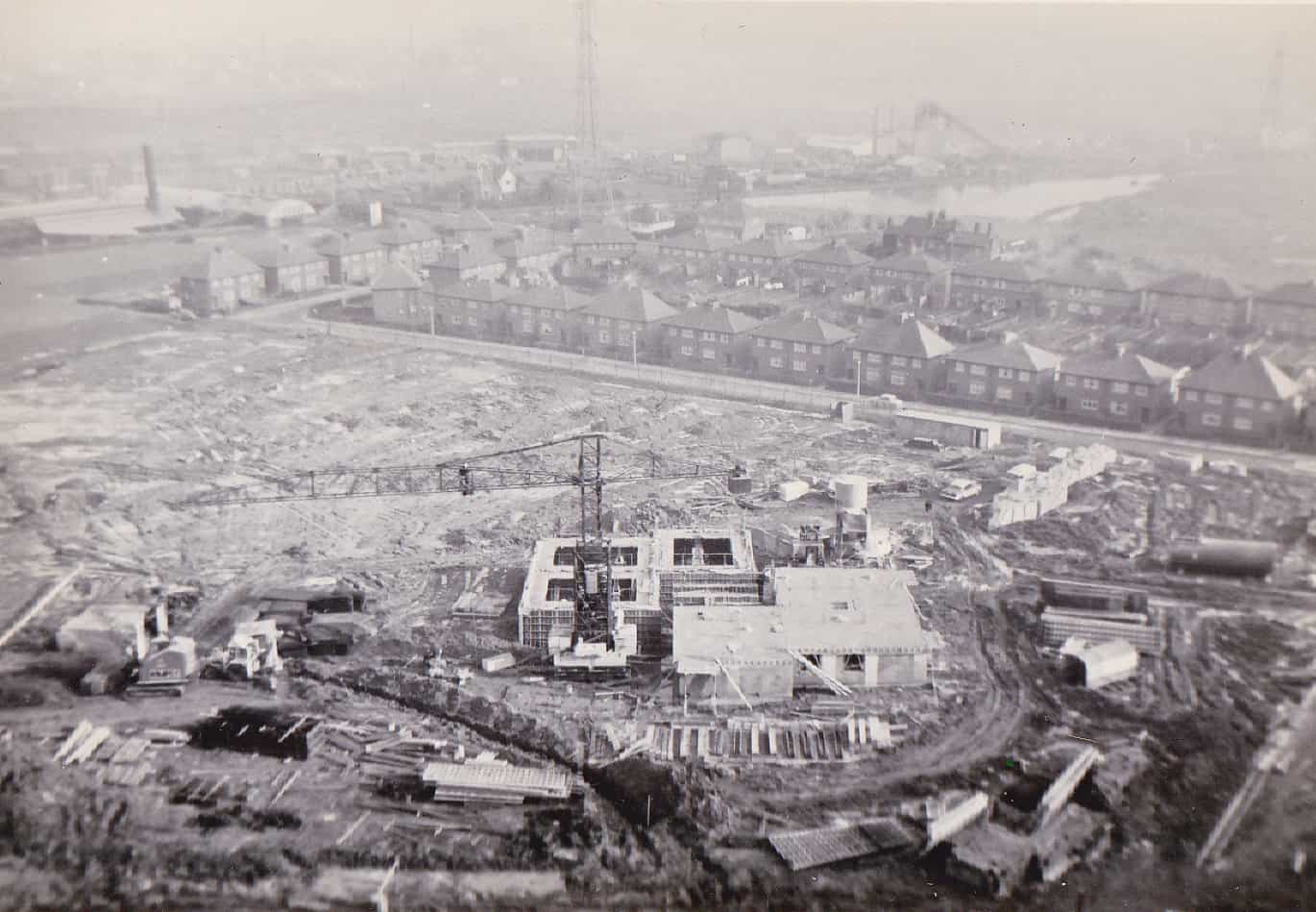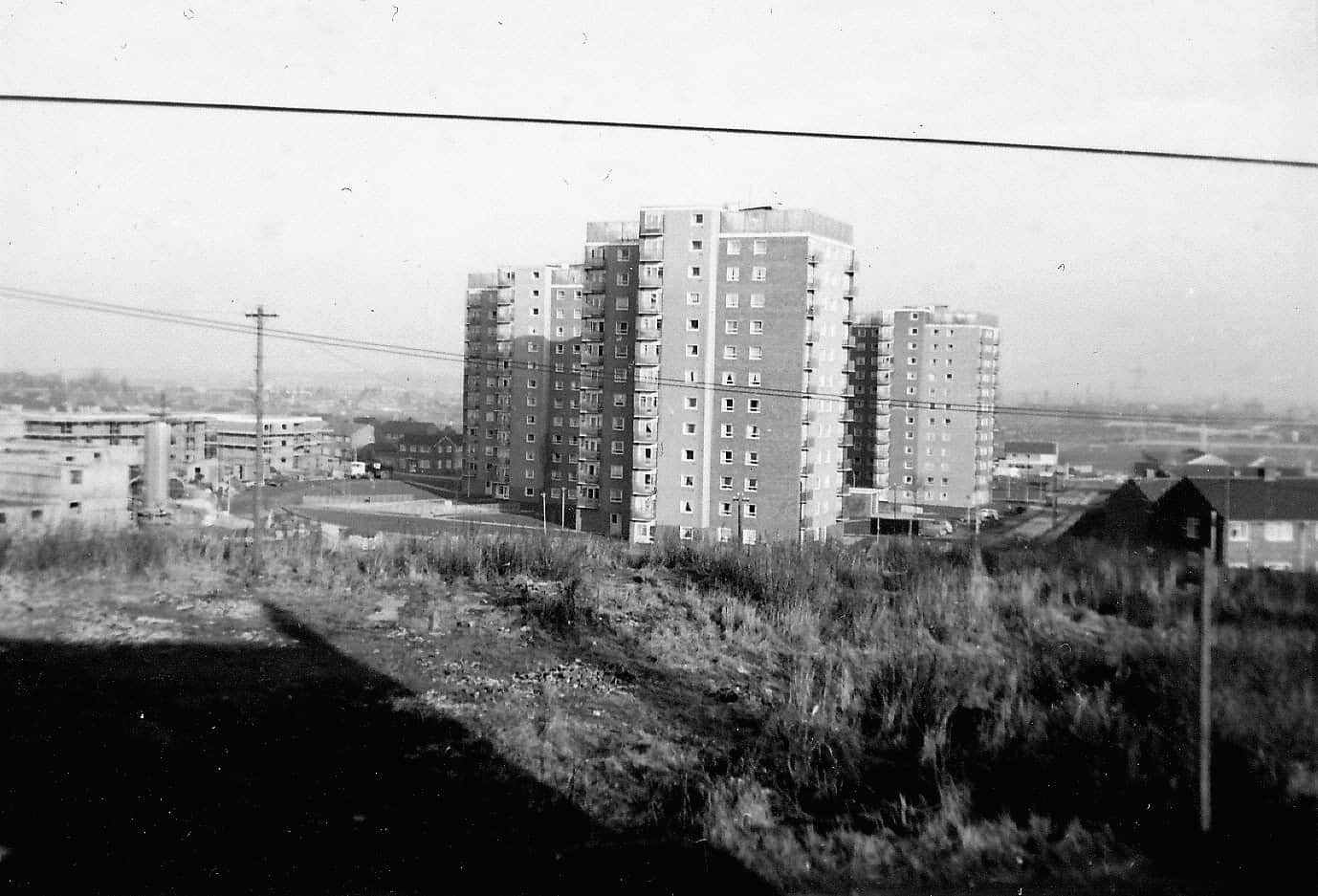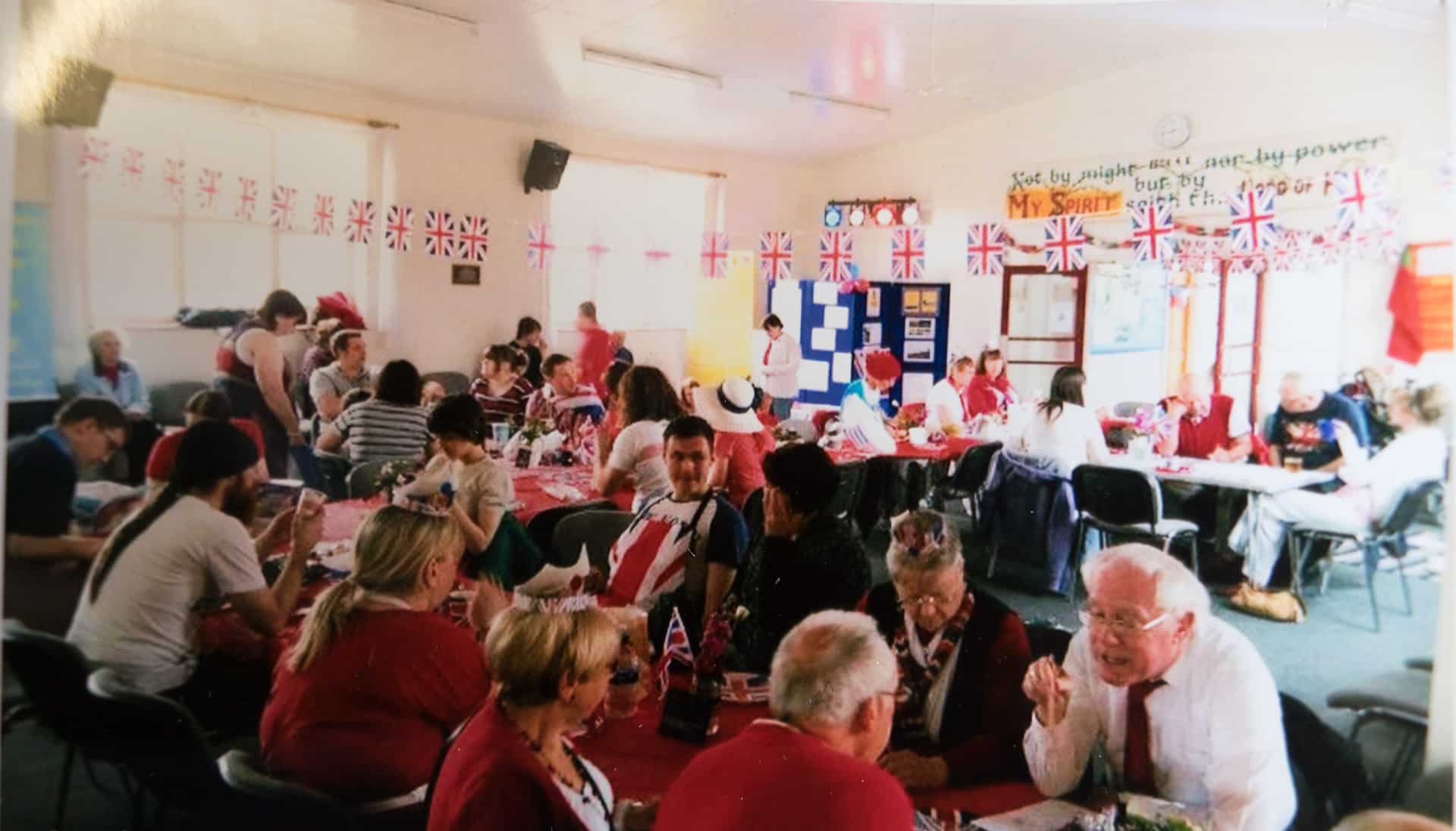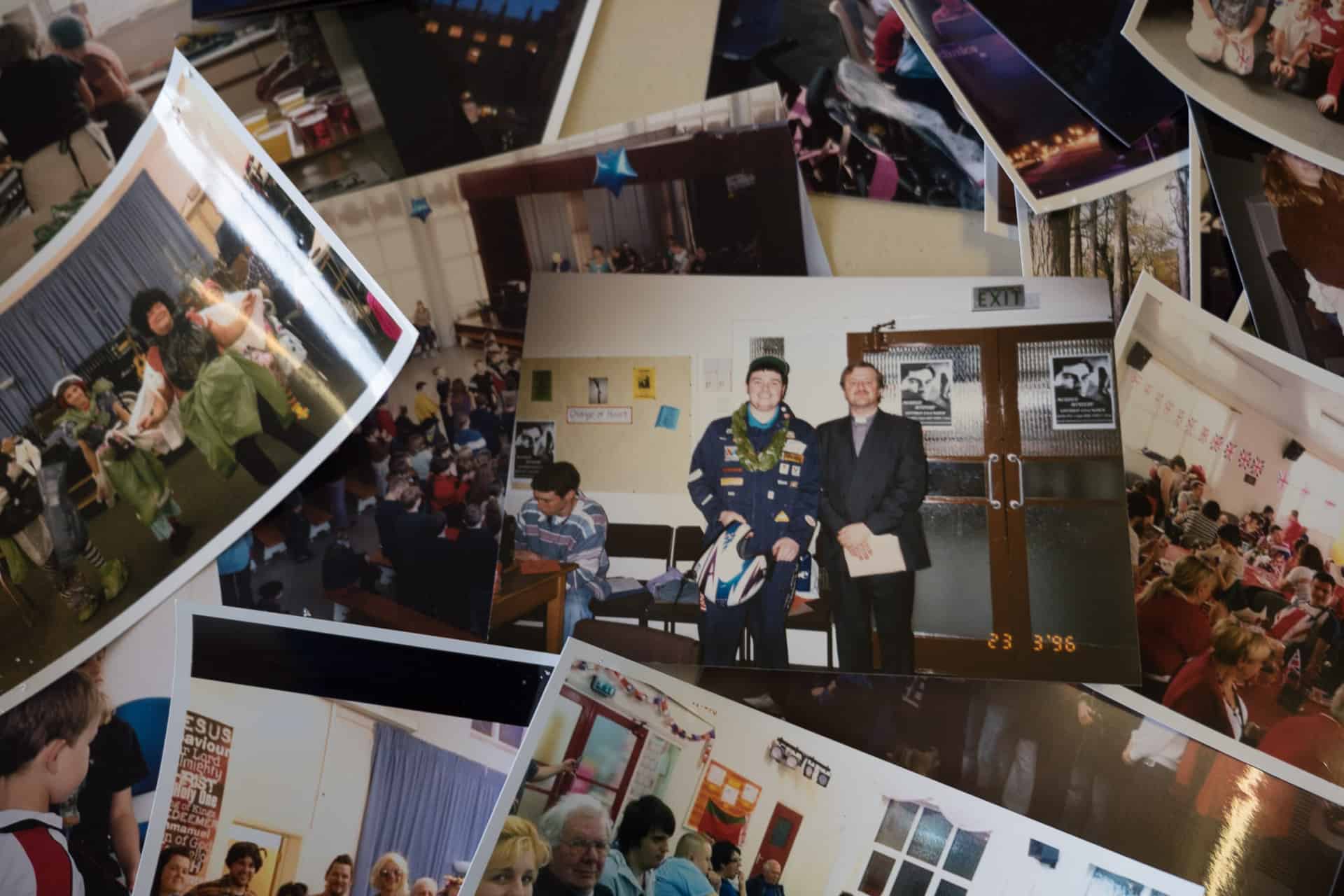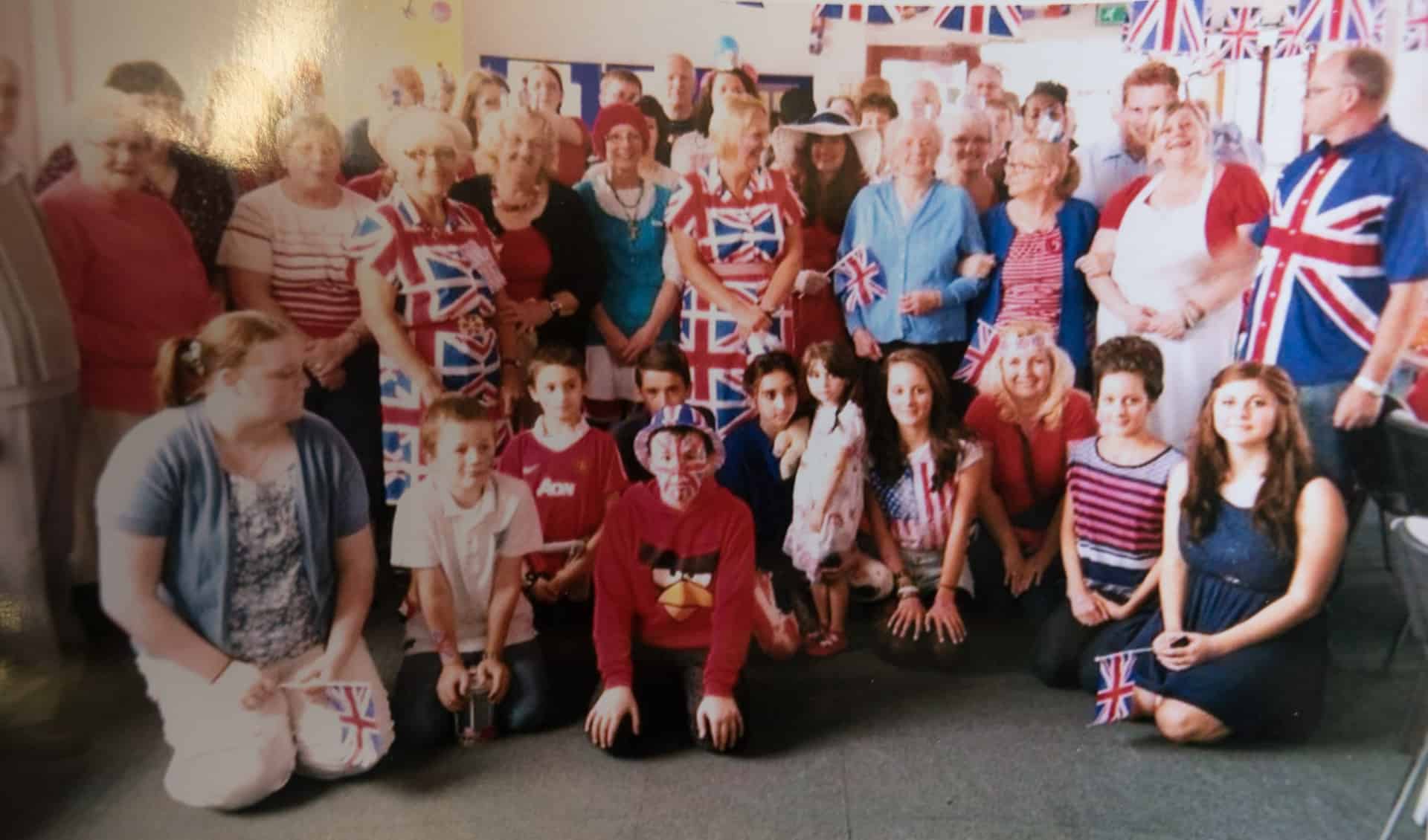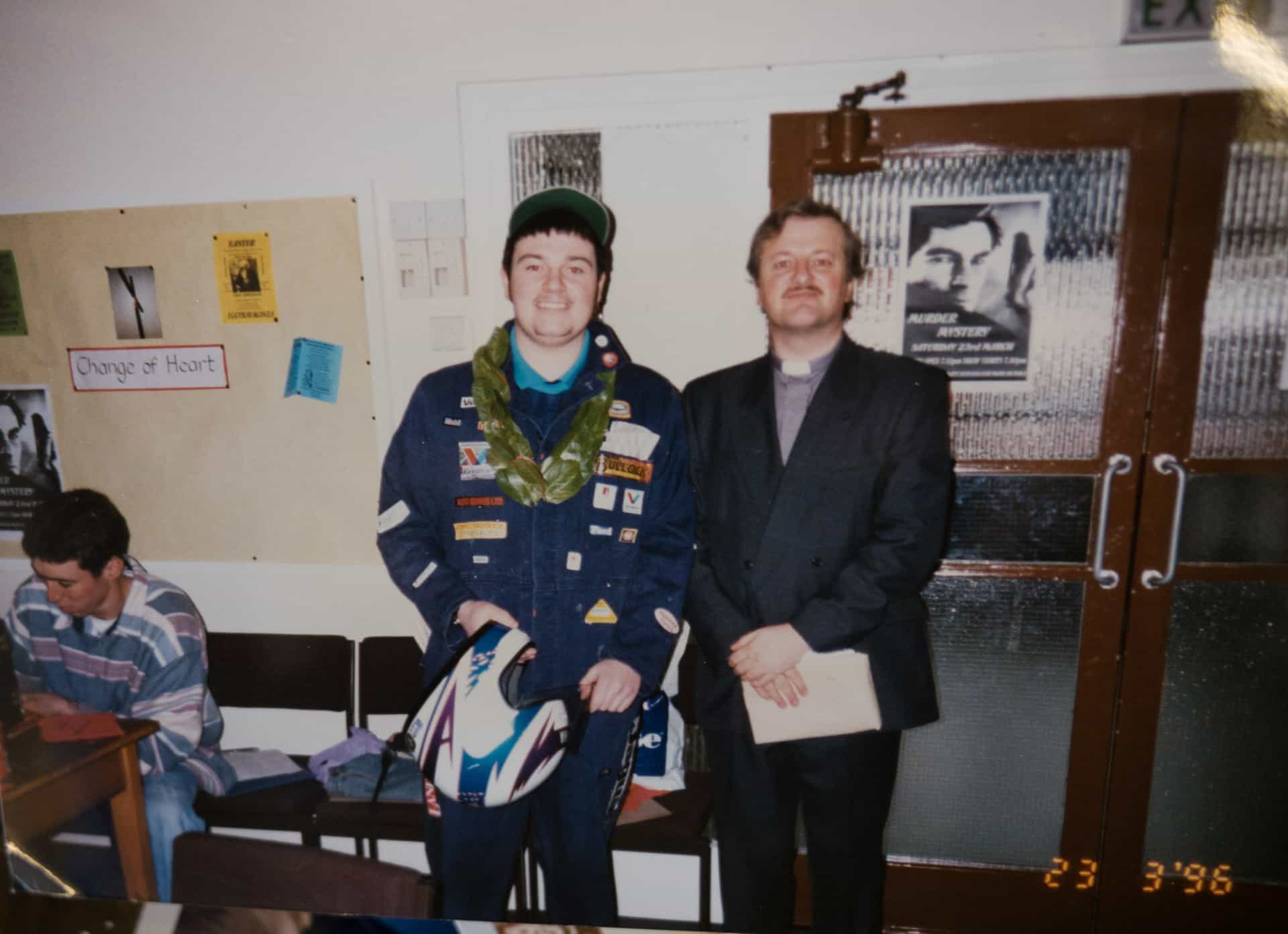Peter Hayward
Extracts of a recorded conversation with Peter Hayward
Peter is the lead minister at Oakham Church, Rowley Regis. He has been in the role since the early 1980s and is passionate about local history and identity. In this story he shares some aspects of his background, interests and ministerial work.
The importance of history
When I was at university I studied history and I continue to have an interest in it. I think it’s an important part of everyone's life because everyone of us have got a memory, everyone has some roots. The professor of history Arthur Marwick has said that "history is to society is what memory is to the individual". So it gives you identity, it gives you a meaning, and it gives you a legacy. It shows you where you've come from and it makes sense of where you are. I'm very much aware that we can very easily lose our history and identity, and I am also aware that there's not much that's been done in terms of local history for this particular area. So really I did want to try and gather as much evidence of recent history and an early history as I possibly could.
Tividale
Tividale is a bit strange in lots of ways. It really is an area in its own right. Historically it’s been part of Rowley and at times it's been described as part of Oldbury. Usually it's described as part of Dudley and in my early days Oakham's address was ‘near Dudley’. So it has an affinity in some ways with Dudley. Politically it bounces between Oldbury and Rowley. But if you speak to the local urban village folk, Oakham is Oakham. Out of the four or five neighbourhoods, each of them is really an isolated pocket.
I lived in mainly Rowley. Oakham has a stronger identity I think because it's on the top of a thousand -feet hill. Oakham church has been here since 1870 or 1872, so it really was established when there was only six houses a dog and a cat. And it's always been embedded in the community thereafter.
Establishing Oakham Church
The church was established in the pub in Darby Hill. It was called the stork Inn and then it moved to the top of Portway in a house. Then in 1905 they were radical and built the old church which was basically corrugated iron, nuts and bolts and a bit of wood.
During the 20th century the community developed in several ways. As the mines and the quarries developed - most of our folk were quarrymen - there was obviously a need for housing. So what you had was in the 1920s the Grace Mary Estate was built, which is about seven or eight hundred houses. Then during the Macmillan’s government of 1950s they had the big house building programme there were council houses built. And then in the 1990s and 2000s there's been new estates built as well.
The original people were basically Black Country folk, Rowley people. Some people migrated from far and wide, from places like Blackheath and Oldbury. In terms of our church, well in the 1870s the Methodists, Anglicans, Baptists, Congregationalists, they were all sending their children to Sunday School and going to church in Oldbury and Dudley and Rowley. They thought: “well, why should we go down to the bottom of the hill to do that when we can to have a church of our own?" So they established Oakham Church as their own church on the top of the hill.
Rowley Jack
One of our great claims to fame is Rowley Jack which is one of my favourite stories. There was a turnpike that ran over the top of the hill towards Dudley. The story goes that in the late 17th century, there was a figure called Rowley Jack who was was a highwayman. He used to rob coaches that used that road. He was in cahoots with the daughter of the man who owned the local inn Whiteheath Gate and toll booth. She’d tip him off if there was anyone that had any money and then he'd stop them on the top of the hill. So it's a great story. He disappeared, and the story goes that when Tividale Hall was demolished they possibly found his skeleton and the skeleton of his horse. It seems as if he'd been killed when the cellar collapsed.
Portway
Portway was a salt road going to the spa towns. The Hailstone - at the top of the hill there was a 70 foot pile of granite. Legend says that it was used for human sacrifice in Britain times. Again we've got no documents to prove that, but that's what people said. The Hailstone is in someones road now, because Rowley Rag is such hard granite that it was processed. We’ve had five quarries in the area that ate way most of the hill to be used for roads.
The Ramrod
Throne Road is still part of this area and is linked to the gunpowder plot. The gunpowder plotters stayed overnight at Rowley Hall. Just by Throne Road is a place called Ramrod Hall. In the 18th century the owner of Ramrod Hall made his fortune by selling metal ramrods to the Americans.Those ramrods gave the Americans the advantage in The Battle of New Orleans (1815) it contributed to the British were defeated. He made a fortune selling ramrods to the Americans and built himself Ramrod Hall.
Grace Mary and Lion Farm
Grace Mary was built in the 1920s - 1930s. It was to do with a kind of moving of populations as well because as populations grew from the widest Sandwell area they needed new houses. So They moved as the old housing stock deteriorated because in the Victorian times their houses were, I should say Jerry built. So that's why Grace Mary developed. I remember Lion Farm being built as a child. My best friend lived in the actual farm Lion farm when I was a kid. It was more animal husbandry, potato fields, and, as far as I know, cattle. There are old pictures of that area show cattle on that on the fields and so it is quite mixed farming. I remember the Lion Farm being built. We used Lion Farm as shortcut. I remember the concrete roads, and the bases of the houses, the foundations.
The Church and community life.
I grew up in this area and this is my home. I know lots of people and lots of people know me because I talk to lots of people. I know the area very well. I pick up a lot of the needs, how people really feel and where they are. I have this idea that as a church, well we don't want it to be a church that's open on a Sunday and that's it. The church has always been part of the community since the 1870s, and we are embedded into the community in part by genetics. That's one of the things we always say that "we love God and we serve our neighbours”. Basically the church is here to serve and be part of a community and to be a beacon of hope. People come to the church because they need help because they need simple things like signposting.
I think the beauty of the church's community work is that we can change and adapt very very quickly to needs. And the church always been quite good at that. We have done so many things over the years we did Connecting Communities which was a great project with 30 NEETs (not in employment education or training). We've done 'Threads' which was girls-only work for teen girls who were vulnerable. We have also done bereavement work because there were quite a few people who needed support in that way. We are doing some asylum seeker work which is quite interesting.
Our Archive
We have lots of photos in our archives of some of the many things we have done. We did a lot of pantomimes for example. This involved 70-odd people getting involved, all of all different ages. I think the last time we did the oldest he was in the 70s and the youngest about 4. So it's intergenerational. They do stuff that they've never done before.
This photo is of one of the great nights we had - it was a long time ago now and you can tell because I'm young here. This was in the early 90s - this man is in his 40s now. We did several murder mystery nights.
One of the things that the church was involved with then was around the aftermath of the Chernobyl disaster. The kids in Belarus are very prone to cancer, and one of the ways to combat that is to give them exercise and activity that builds up their immunity. And so we had a link with the Russian churches and went over there. The German YMCA, young people from England Germany Russia working together on projects to benefit the community - ‘reconciliation work’.
Also we do art workshops and this is what really makes it actually. People have used a lot of our backgrounds, we've got about three fine artists in the church. Stephen who is an artist, and also Rebecca and Amy who are both fine artist graduates. One pantomime we did Jack and the Beanstalk with Del and Rodney. We even managed to obtain a three-wheeler Reliant Robin which we used as part of this show in the church.
This in one of the Threads Group photos. I can't remember what event it was, it was probably a celebration around the Queen, It might have been the Queen's Jubilee. The young people who make up the Threads group decided to have a community day which worked out very nicely.
Here is a picture from one of our events sometime ago. We make great friendships through working on these events. They are always really positive and play a part in building confidence, saying you can do this and giving new opportunity
